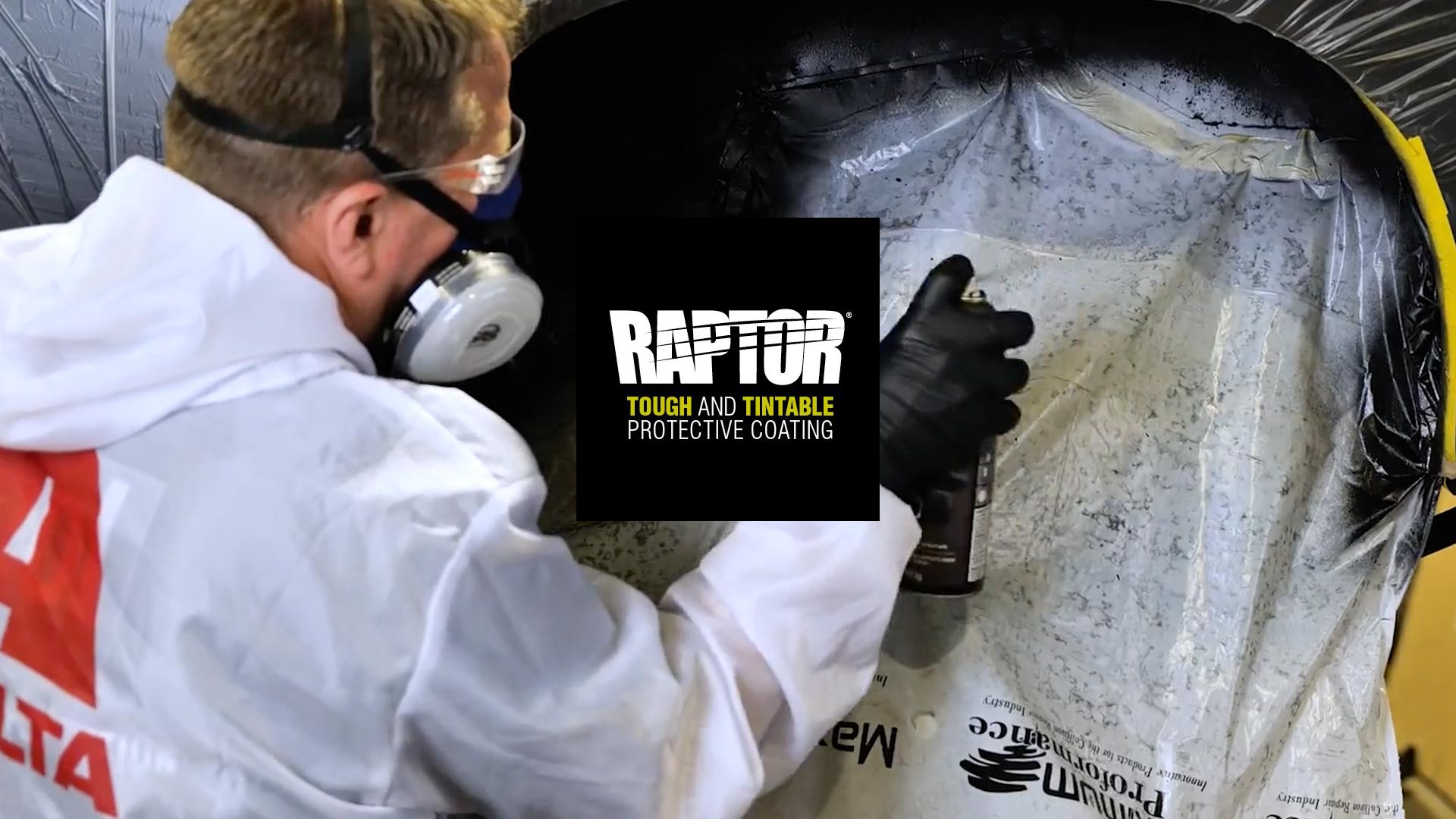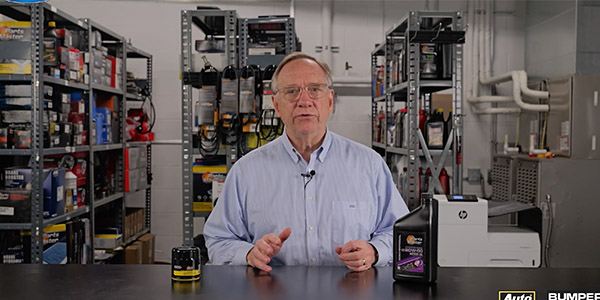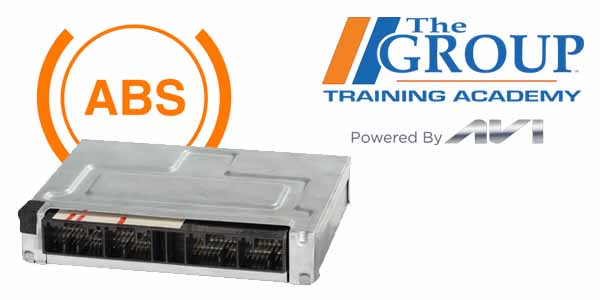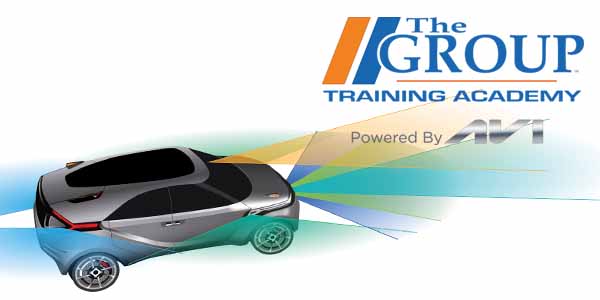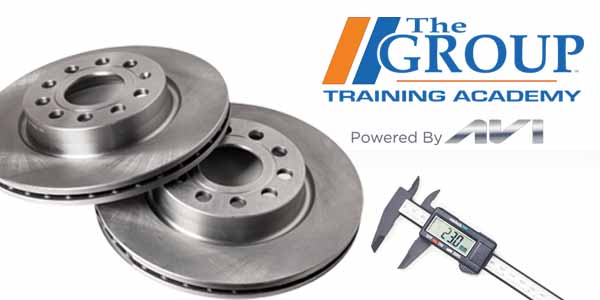When there's breaking news to report, we don't waste any time. So let's delve right into the topic of this video. Brake rotors. There are two main types, vented and non vented rotors. Vented rotors, also known as ventilated rotors, have a series of veins or fins between the two surfaces of the rotor. These veins allow heat to dissipate more efficiently, keeping the rotor and the braking system cooler. On the other hand, non-vet rotors do not have these veins and are typically found in older or less performance oriented vehicles. Brake rotors are constructed from various materials, each with its own set of advantages and disadvantages. The most common materials used in brake rotors include cast iron, carbon composite, and ceramic cast. Iron rotors are the most widely used due to their affordability and durability. They're suitable for everyday driving and offer good heat dissipation. Carbon composite rotors are significantly lighter than cast iron rotors and provide excellent heat dissipation.


